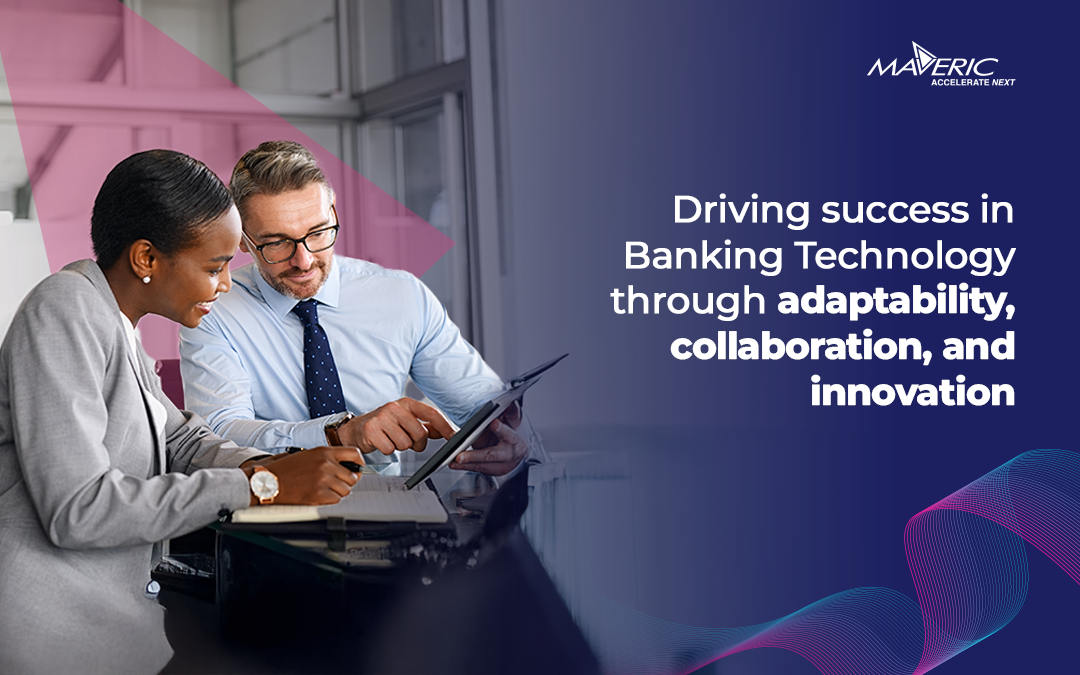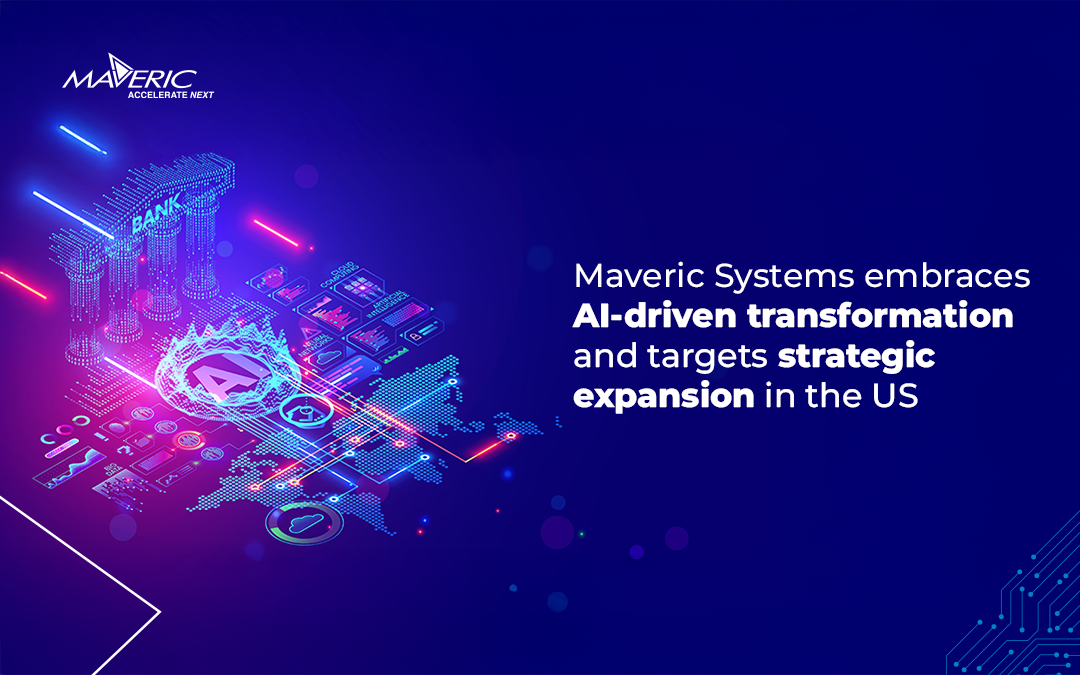At the Pandemic’s outbreak, companies worldwide were suddenly exposed to a surge in digitalization. Those who pledged to keep operations going were given free rein to do whatever was necessary. Returning to work, however, many are confronted with the fact that digitalization’s north star is beginning to wane. Companies now face the same uncertainty over digitalization that they did before the Pandemic when investment priorities were clear.
After all, meaningful and long-lasting digital transformation requires businesses to prioritize product and process changes over technology investments. However, many companies have difficulty seeing past the immediate benefits of new technologies.
Choose the transformation partner after understanding the FI’s Business Model Canvas

Business Model Canvas – The nine basic building blocks
Starting with the value proposition, the backbone that summarizes gains delivered to customers, the right side of the equation (refer to above) discusses the primary customers and how a company makes its money (via customer relationships and channels).
The left side captures the business’s operational aspects – the essential resources, partners, and activities.
The two sides of an organization’s financial bedrock are cost structure and revenue streams – the outcomes transformation partners focus on (lower costs, increase revenues, and boost profits).
The right digital transformation company helps you map out the current business model.
Finding where you currently are is the first step in planning your next move. The right partner will begin by detailing your current business structure. If your present business model is more organic in nature than engineered, going through the nine sections of the canvas will provide a useful starting point for your transformation efforts.
Transformation Partner’s next port of call? Digitizing Operations
Using digital to optimize, simplify, and rationalize existing processes is an early step in the digital transformation path. Facilitating a Bank to embrace emerging technologies and tools like AI, 5G networks, and the internet of things (IoT) is crucial to unlocking its stellar transformational potential later. A company may start its journey toward digital transformation by digitizing processes, and as it grows, it may redesign processes from the ground up. That is why a CIO, CXO, or COO is a better leader for digitizing operations. Research shows their inherent process expertise (and managing KPIs) that ultimately save time, solve business problems, and serve customers.
Directing Action through the power of Data and Insights
Data on how a business interacts with customers, employees, and clients is easy to find and assess so that technology can have the most impact. The correct transformation partner understands the essential nature of capturing valuable data. Furthermore, they turn data into insights with the right skills and tools. Here, technology enlists analytics or the science of making sense. After all, testing new business models, products, or services is as much about getting it right as proactively avoiding missteps.
The Right Digital Transformation Company focuses on Outcomes.
In a digital transformation, often “transformation” wins over “digital.” indeed, long-term performance and meeting the financial metrics are crucial for a digital partner. More importantly, the results must be fed back into the processes (retroactive feedback loop) so that future insights are more accurate, practical, and valuable.
In summary,
Finally, the change in mindset, culture and the FI’s talent base makes for sustainable digital transformation, such as training and retraining employees to be ready for the future. And in choosing the appropriate digital transformation partner, the leadership sends out a clear signal to the rest of the organization: how to build a bridge that respects the past and advances fearlessly into the future.











